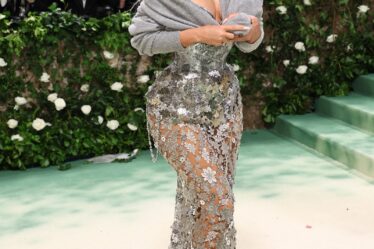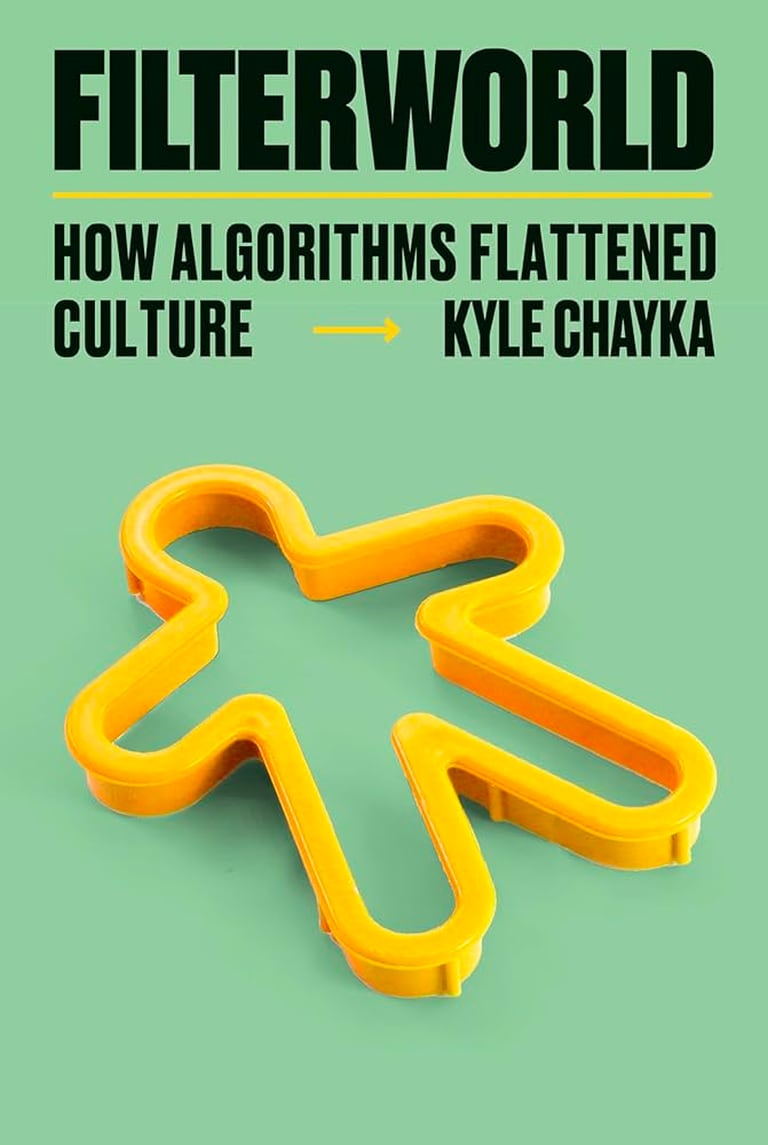
LONDON — On Monday, BoF broke the news that Zac Posen will be taking on a new creative leadership role at Gap Inc., serving as a “cultural curator and creative partner” to new CEO Richard Dickson. It’s the first major step in the turnaround strategy being put in place by Dickson, who stepped into the leadership role in August 2023 after an almost decade-long tenure at Mattel Inc, where he oversaw the revival of the Barbie franchise, another iconic American brand that had lost its cultural relevance as the world changed.
To many observers, including me, Posen’s new job came as a surprise. As soon as the news was out, a flurry of fashion insiders from Natalie Massenet to Jenna Lyons cheered the appointment on BoF’s Instagram post, while more than 800 others left mostly positive comments, one noting Zac’s “gargantuan talent.”
Of course, there were detractors too. “I’m sure Zac is a nice and talented designer but Gap’s problem is not that their [sic] missing a fashion element, it’s that they keep missing the core basics,” wrote Melvin Murry. “Hopefully he’ll bring a design aesthetic back to Gap that has been eroded by corporate greed and reduction in quality,” added Janine Gaylard-Baister.
The comments rang true. Zac is indeed an enormous talent. And the poor quality and design of Gap’s basics urgently need to be addressed. As will the market positioning of Gap, Banana Republic and Old Navy, where Posen will be more hands on as chief creative officer. But perhaps his biggest challenge will be to make the Gap brand culturally relevant again. During its heyday in the 1990s, Gap was firmly part of the cultural conversation, and found ways of connecting with masses of customers around the world with its unique American take on fashion.
This is something Dickson is fully aware of. In my conversation with him at BoF VOICES 2023, he said as much. Pointing to the iconic Gap commercials from the 90s, like Khakis Swing, Dickson said his main objective was to make the brand part of the zeitgeist again.
But the media landscape has changed radically in the last 25 years. No single ad campaign blasted out ad nauseam on television will work in today’s cultural context. The internet has completely rewired how culture is disseminated and shared. Ian Rogers, former chief digital officer of LVMH, has described the shift as a move from a “mass market” to “a mass of niches” where micro-trends, subcultures and digital tribes make for a more fragmented landscape.
In his book, “Filterworld: How Algorithms Have Flattened Culture,” Kyle Chayka writes: “When feeds are algorithmic, they appear differently to different people: it’s impossible to know what someone else is seeing at a given time, thus harder to feel a sense of community with others online, the sense of collective you might feel when watching a movie in a theatre or sitting down for a prescheduled cable TV show.”
In this context, can Zac Posen, a designer who came of age in the 1990s, bring a once iconic American fashion brand back into the cultural conversation?
While the world is less monocultural than ever before, there are still cultural moments that capture the attention of the many. Take this week’s Grammy Awards. While the longstanding American awards show certainly has its critics, bringing together different genres of music, from country to reggaeton to hip hop and folk all in one two and a half hour show resulted in an unusual mix of cross-cultural icons.
Practically everyone in that room and watching online could appreciate the historic moment when 80-year-old Canadian folk music legend Joni Mitchell sang her iconic song “Both Sides Now,” performing for the first time at the Grammys. Miley Cyrus, who has been collaborating with dancer and choreographer Stephen Galloway, brought down the house with movement that reminded me of the way Tina Turner owned the stage. And when Tracy Chapman performed her song “Fast Car” with country singer Luke Combs, it quite literally brought two different genres and decades together in a powerful expression of what can happen when cultures mingle and mix.
The resulting online conversation and media coverage was massive.
Later in the week, Edward Enninful released his final cover for British Vogue, featuring 40 famous women from a variety of backgrounds, from Jane Fonda and Oprah Winfrey to Dua Lipa, Serena Williams and Linda Evangelista. Mass of niches anyone? When the cover was revealed, it was shared by all of these women, taking over my Instagram feed and creating a cultural moment that transcended tribes.
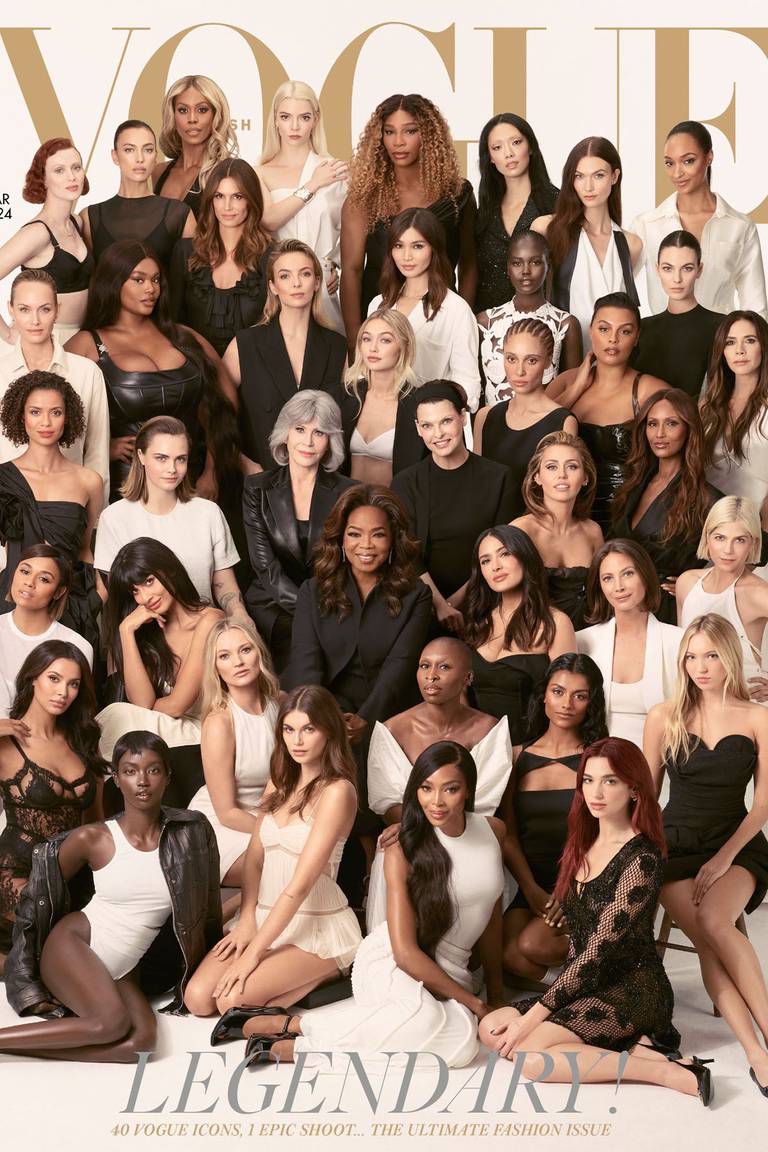
Could these examples contain lessons for Gap?
If you’re as obsessed about the topic of culture in the age of algorithms as I am, I invite you to join us in person in New York at The BoF Professional Summit — New Frontiers: AI, Digital Culture and Virtual Worlds where I will sit down with Kyle Chayka to dive into the insights from his fascinating book. Early bird tickets are available until February 14. Buy your ticket before February 14 and save $200.
And BoF Professional members will be able to watch the livestream from anywhere in the world. Stay tuned for more news on how to register in the coming weeks. If you want to get a head start, you can use my special discount code imran2024 at checkout for 25 percent discount.
This Weekend on The BoF Podcast
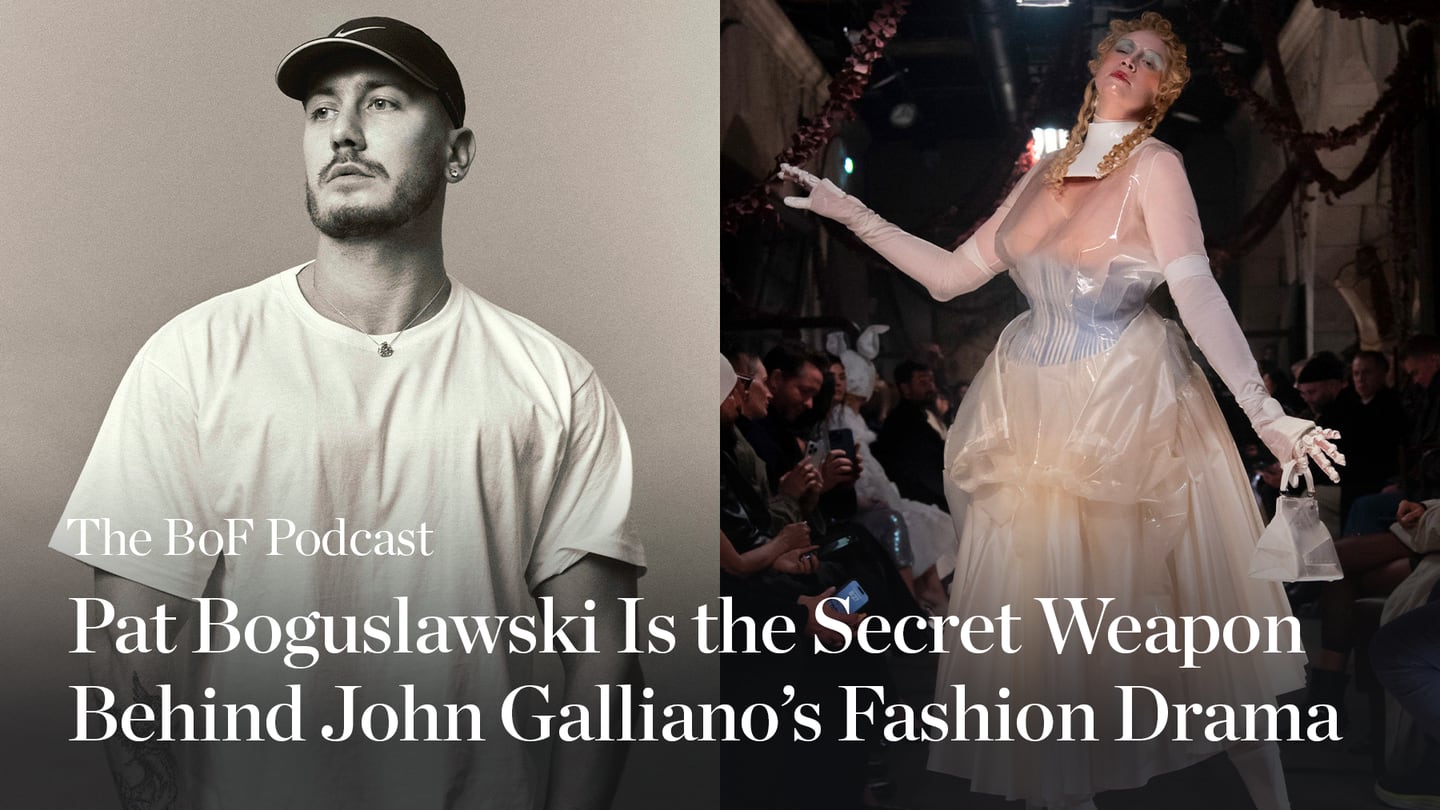
Pat Boguslawski is the Polish movement director setting the fashion world in motion.
In 2019, he created the German model Leon Dame’s viral runway stomp that closed Maison Margiela’s Spring/Summer 2020 show. Last month in Paris, he reconnected with long-time collaborator John Galliano to design the seductive, broken-doll movements that captivated audiences at the Maison Margiela couture show.
This week on the BoF podcast, editor at Large Tim Blanks sits down with Pat to examine his role in creating some of fashion’s most memorable recent runway moments.
Have a nice weekend,
Imran Amed, Founder, CEO and Editor-in-Chief, The Business of Fashion
Plus, here are my other top picks from our analysis on fashion, luxury and beauty:
1. What Chanel’s Resale Win Means for the Market. This week, the French luxury giant scored a $4 million win in its closely watched lawsuit against US reseller What Goes Around Comes Around. The verdict ratchets up legal risk for resellers, making secondhand luxury ‘a more dangerous business.’
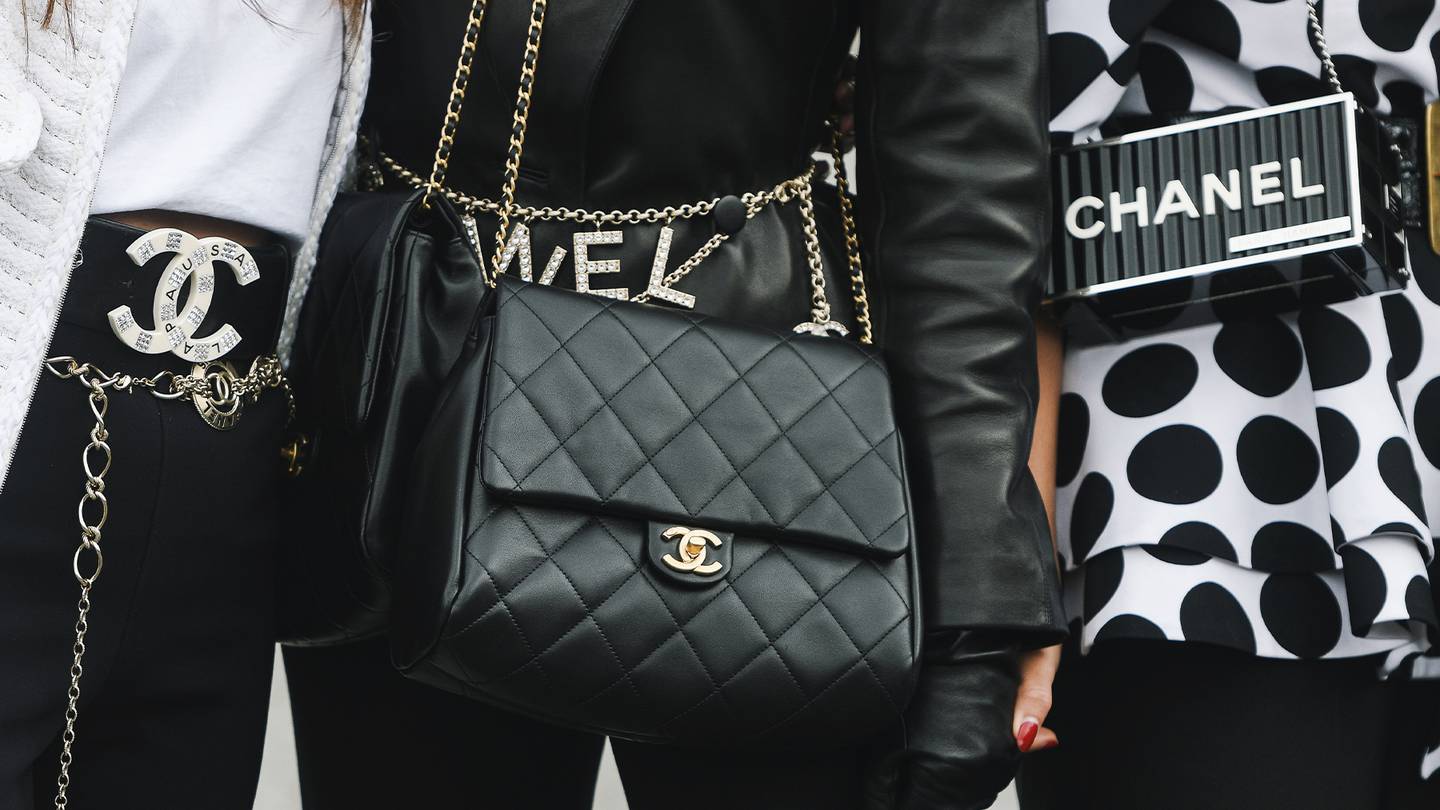
2. Kering Braces for Aspirational Luxury’s Long Winter. Sales at luxury fashion’s second-biggest group fell 4 percent in the holiday quarter, putting it significantly behind key rivals. The Gucci and Saint Laurent owner is expecting another year of lacklustre growth amid a long-term plan to push its brands upmarket.
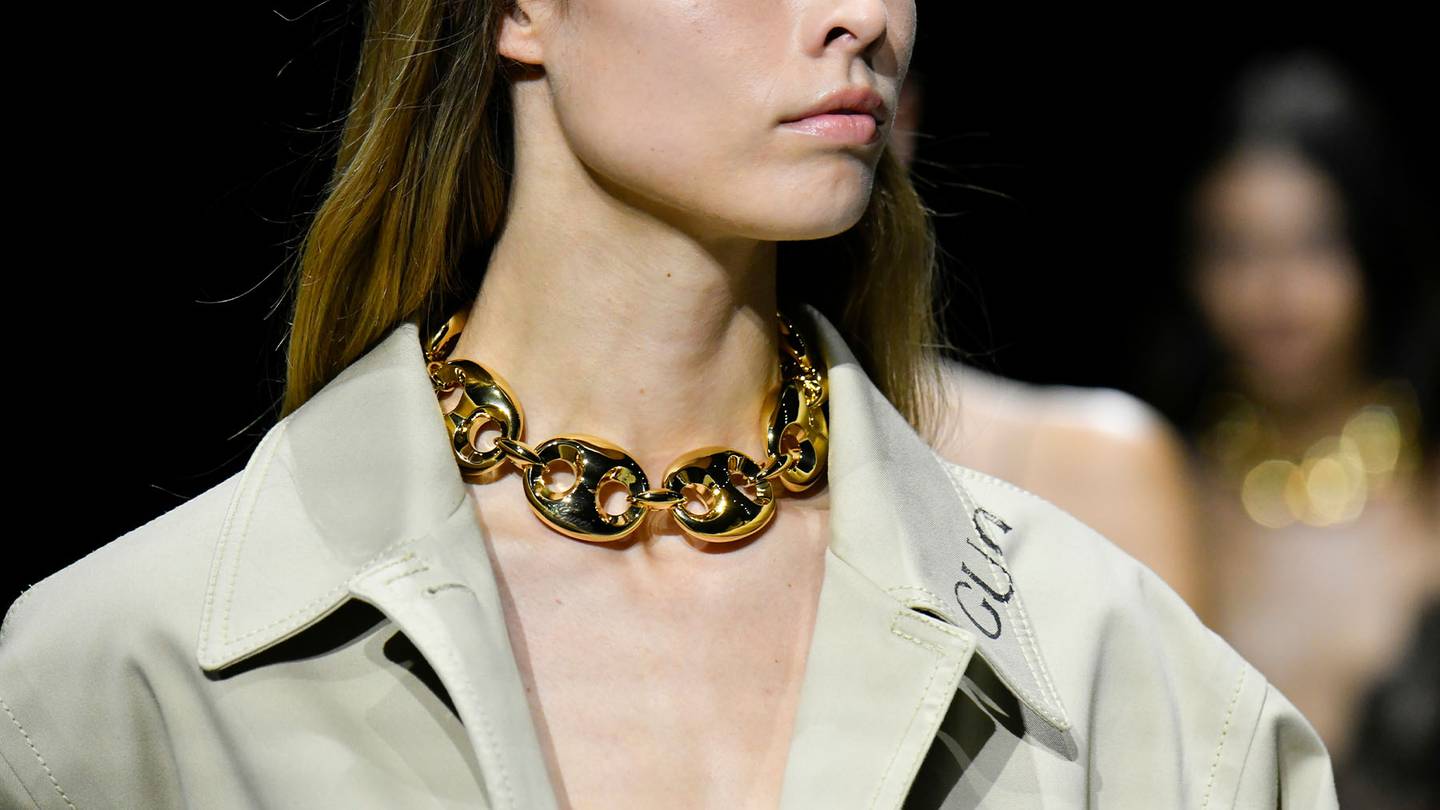
3. How Nike Ran Off Course. The American sportswear giant is experiencing its worst slump in a decade. New competition is part of the problem but according to industry insiders and athletes, many of Nike’s wounds are self-inflicted: the results of disruptive restructurings, stalled innovation and uninspiring marketing.
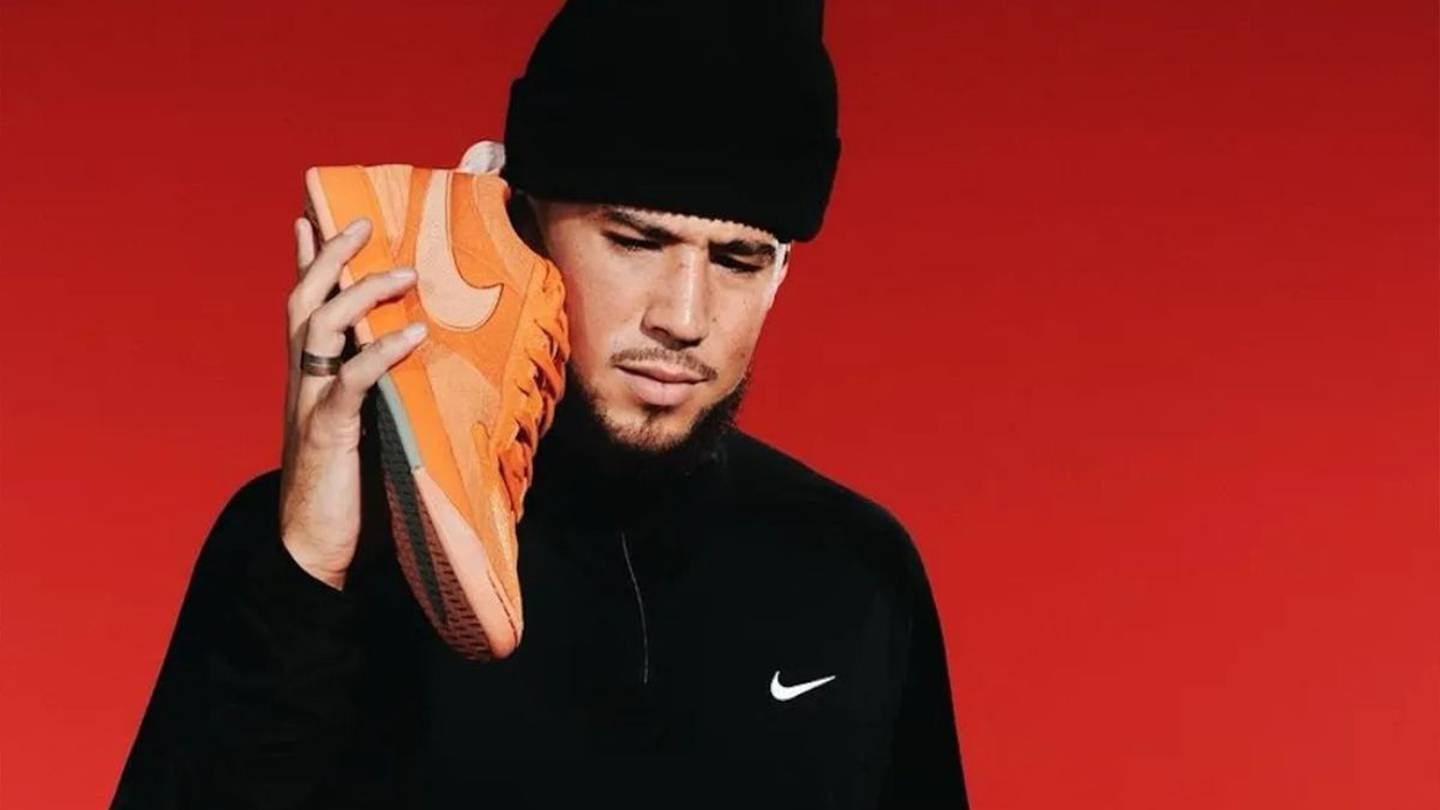
4. Loro Piana Banks on ‘Not Quiet’ Luxury to Continue ‘Magnificent Growth’. In an in-depth interview with BoF, chief executive Damien Bertrand breaks down the strategy shifts he’s put in place to unlock the uber-luxe label’s growth potential.
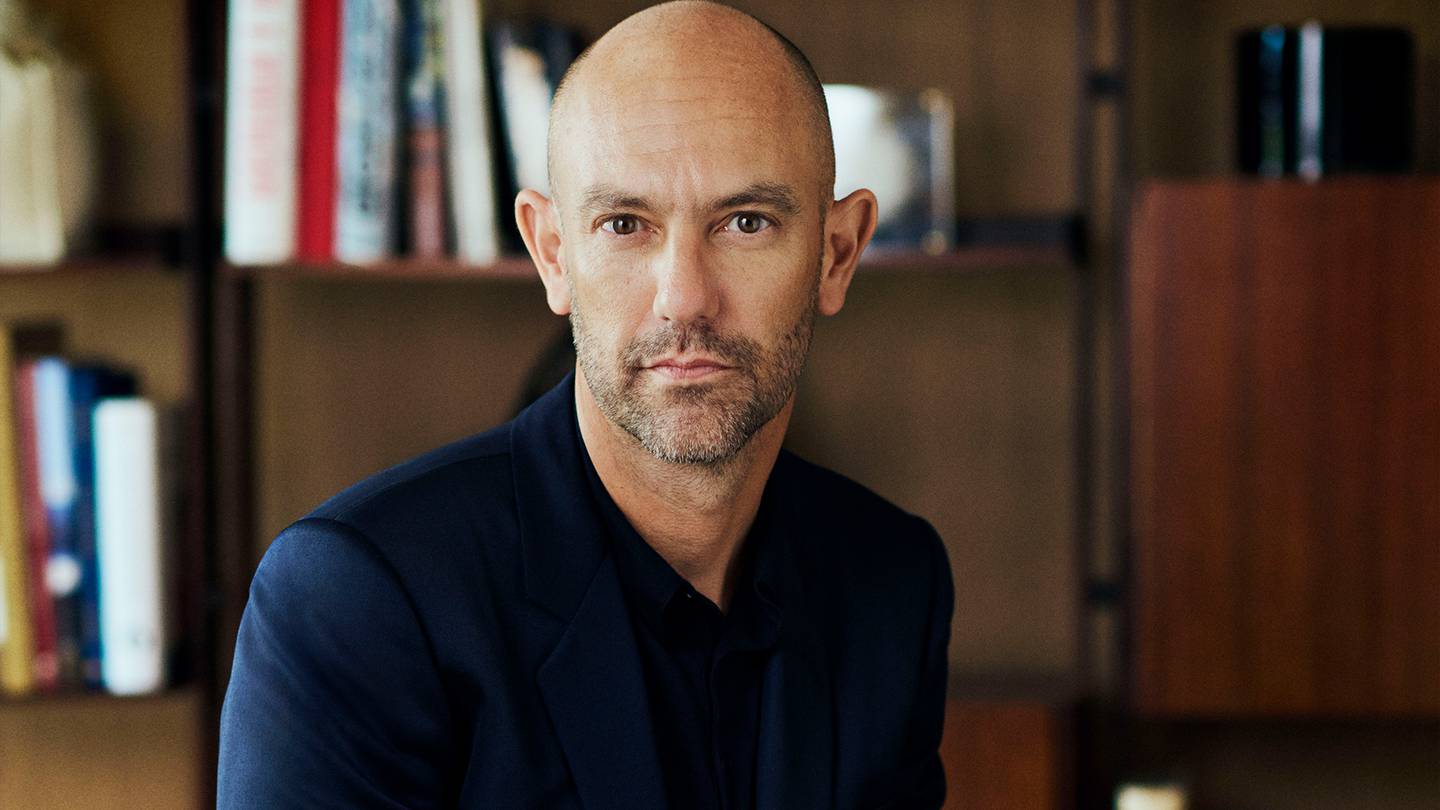
5. Luxury Bets on ‘India’s Silicon Valley’. Demand for luxury goods is growing in the southern city of Bengaluru, but brands must get to grips with the tech hub’s unique demographic mix to make the most of this boomtown.

To receive this email in your inbox each Saturday, sign up to The Daily Digest newsletter for agenda-setting intelligence, analysis and advice that you won’t find anywhere else.



